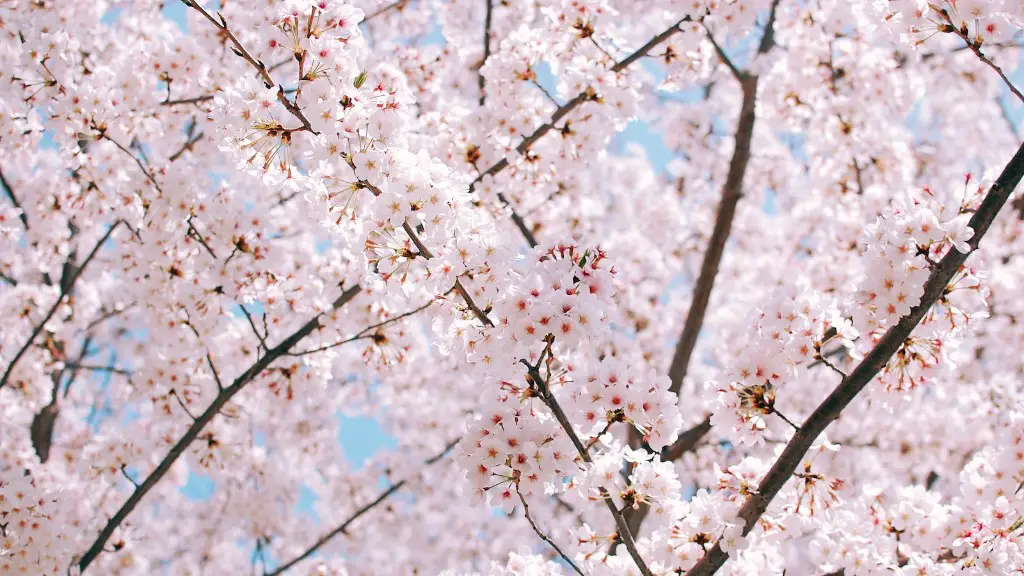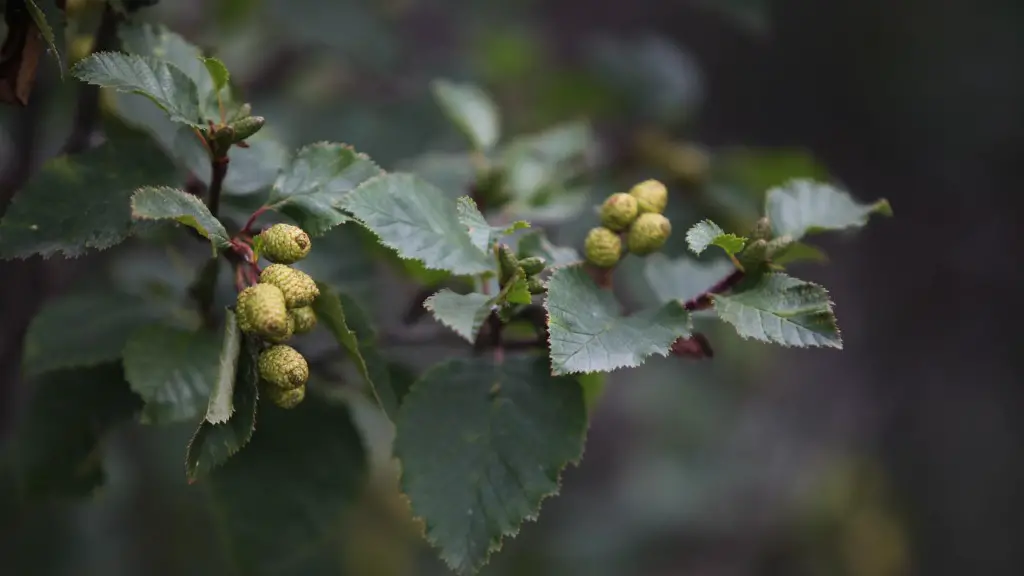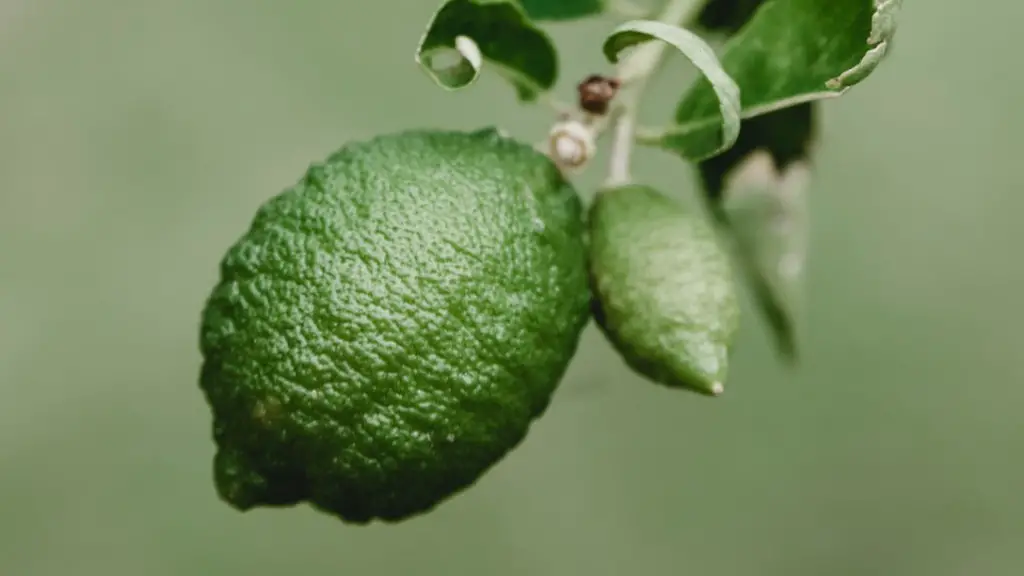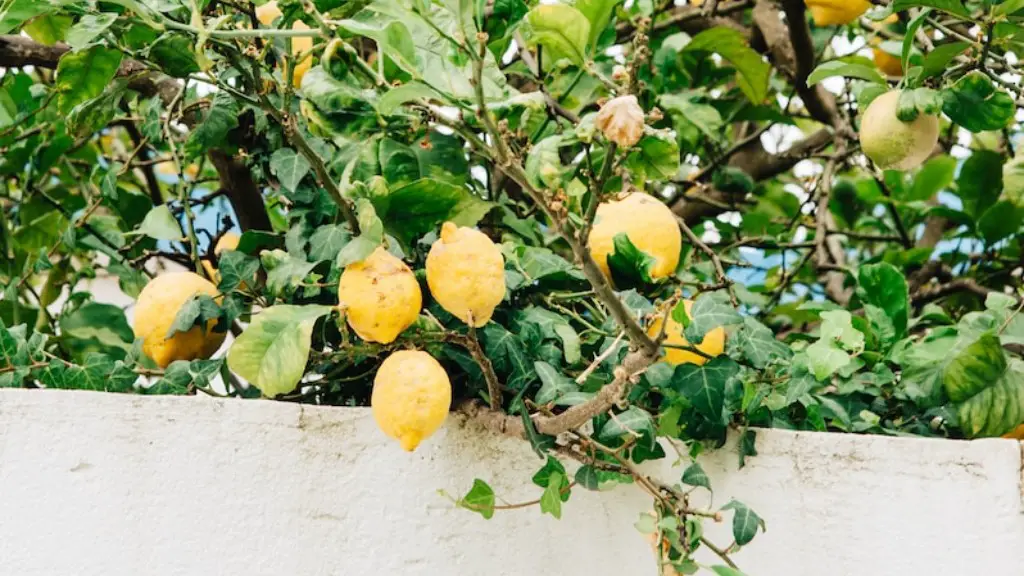Planting a Black Cherry Tree
Planting a black cherry tree is a rewarding experience that can result in years of enjoyment. A black cherry tree is an attractive, ornamental tree that can be planted in most climates and soil types. It grows quickly, so it is great for landscaping projects. When planting a black cherry tree, it is important to do it correctly to ensure the tree grows to its full size and health. In this article, we will discuss the best practices for planting and growing a black cherry tree.
The first step in planting a black cherry tree is to select the right location. The tree needs full sun and well-drained soil. It also needs room to grow so it should be planted in an area that has enough space for the mature tree, which can reach heights of 20 to 40 feet. Don’t plant the tree too close to buildings, as the branches can encroach on the space.
Next, a hole needs to be dug for the tree. The hole should be twice as wide as the rootball, and just as deep. It is important to avoid compacting the soil. The roots should not be crimped or bent. Once the tree is placed in the hole, it should be filled with soil, and packed lightly. Finally, the tree should be mulched to help retain moisture.
With the tree planted, it is time to think about watering and fertilizing. The tree should be watered regularly for the first few years, including after dry spells. The tree does not need to be fertilized until it is established, so unless the soil is lacking in nutrients, fertilizer isn’t necessary the first year or two.
Pruning is also important for the health of the black cherry tree. In the early years, pruning should be minimal, focusing mostly on removing dead or broken branches. As the tree matures, more pruning may be needed to remove diseased or crossed branches. Pruning should be done in the late winter or early spring.
Finally, the black cherry tree should be monitored for any signs of disease or pests. Common diseases and pests include root rot, aphids, and scale insects. Signs of disease or pests can include yellowing leaves, discoloration, or wilting. If a disease or pest is detected, professional help should be sought.
Protecting a Black Cherry Tree
In the winter months, a black cherry tree should be protected to ensure it survives and thrives. A common mistake is to mulch excessively, which can make the tree more vulnerable to frost damage. Make sure to apply the mulch in the early fall to retain moisture, but do not overdo it. The mulch should cease to be applied as temperatures start to drop, to avoid trapping in warm air that can cause frost damage.
When temperatures start to drop, it is important to keep watch on the black cherry tree. If temperatures dip below 32 degrees Fahrenheit, it is wise to wrap the tree in burlap or frost cloth. This will help protect young trees which may not be able to withstand freezing temperatures. Wrapping the tree is especially important for newly planted trees, which are particularly vulnerable.
Deer can also be a nuisance for black cherry trees. If deer are known to frequent the area, a fence should be installed around the tree to keep them away. This can be as simple as a chicken wire fence, which is enough to keep deer at bay.
When winter is over, the tree should be unwrapped and the mulch reapplied once temperatures start to warm up. Make sure to inspect the tree for any signs of frost damage. If there is any damage, it should be removed to allow the tree to regrow. Any newly planted trees should be monitored closely, as they may be more susceptible to damages.
Harvesting and Enjoying the Fruits of a Black Cherry Tree
If all goes well, a black cherry tree will provide a bountiful harvest of delicious cherries. The tree is typically ready to harvest after three to seven years. The tree will produce plenty of cherries in the second and following years. The cherries are ripe when they are a deep, dark red color.
Harvesting cherries from a black cherry tree can be a fun and satisfying experience. To ensure the tree stays healthy for years to come, fruit should not be allowed to overripen on the branches. The cherries should be plucked early and ripe, then stored and consumed as quickly as possible. If the cherries cannot be eaten immediately, they can be kept in the refrigerator, or they can be frozen or made into preserves or sauces.
A black cherry tree is a wonderful addition to any landscape, and it offers beautiful blooms each spring and delicious cherries in the summer. With the right knowledge and care, a black cherry tree can thrive for years, and provide plenty of enjoyment for the gardener.
Diseases and Pests to Be Aware Of
When growing a black cherry tree, it is important to be aware of common diseases and pests that can affect the tree. The most common diseases are root rot and powdery mildew, which can cause yellowing leaves and weakened branches. To avoid disease, make sure to water the tree regularly and keep the area around the tree free of weeds and other debris.
Common pests of the black cherry tree include aphids, mites, and scale insects. Signs of these pests can include discolored leaves, wilting, or weakened branches. If pests or disease are detected, professional help should be sought immediately. Chemical treatments can be used, but should only be administered by a trained professional.
The most important thing when planting and growing a black cherry tree is to stay vigilant. Monitor the tree regularly, watch for signs of disease or pests, and take preventive measures to avoid problems before they arise. With proper care and maintenance, a black cherry tree can thrive for many years.
Special Care for a Young Tree
A young black cherry tree must be given special care. When planting the tree, use a fertilizer high in nitrogen to give the tree a good start. Water the tree regularly, especially during dry periods, and mulch around the tree to retain moisture. Do not apply too much mulch, as this can cause the tree to become overly dry. It is also important to protect the tree in the winter months, either by wrapping it in burlap or providing extra mulching.
For newly planted trees, extra caution must be taken. Make sure to follow the planting instructions closely. Don’t compact the soil, as this can damage the tree’s roots. Monitor the tree carefully and provide any necessary support to keep it upright. If a young tree is given the proper care and attention, it should thrive in no time.
Gathering and Using the Cherries
When the harvest is ready, it is time to gather and use the cherries. It is best to pick the cherries when they are ripe and still on the tree. If the tree is too large to pick the cherries from, a ladder can be used. If the cherries cannot be consumed immediately, they can be stored in the refrigerator. Other uses for the cherries include making jams and sauces, or freezing the cherries for later use.
Freshly gathered cherries can also be used to make alcoholic drinks such as brandy, liqueurs, and sangria. When used for these purposes, the cherries are usually pitted and macerated overnight in a sugar syrup before being strained and consumed. Black cherry juice can also be made and consumed as a refreshing drink.
Black cherry trees offer a variety of uses and can provide years of enjoyment. From the foliage to the fruit, there is much to love about this ornamental tree. With the right care, a black cherry tree can thrive and provide a beautiful and delicious addition to any garden.
Conclusion
Planting and caring for a black cherry tree is a rewarding experience. Follow the best practices for planting, watering, and mulching. Monitor the tree for pests and diseases, and provide extra care with newly planted trees. When the tree is ready to harvest, gather the cherries and enjoy them fresh, or use them to make jams, sauces, brandy, liqueurs, or juice. With the right care, a black cherry tree will thrive for years to come.




